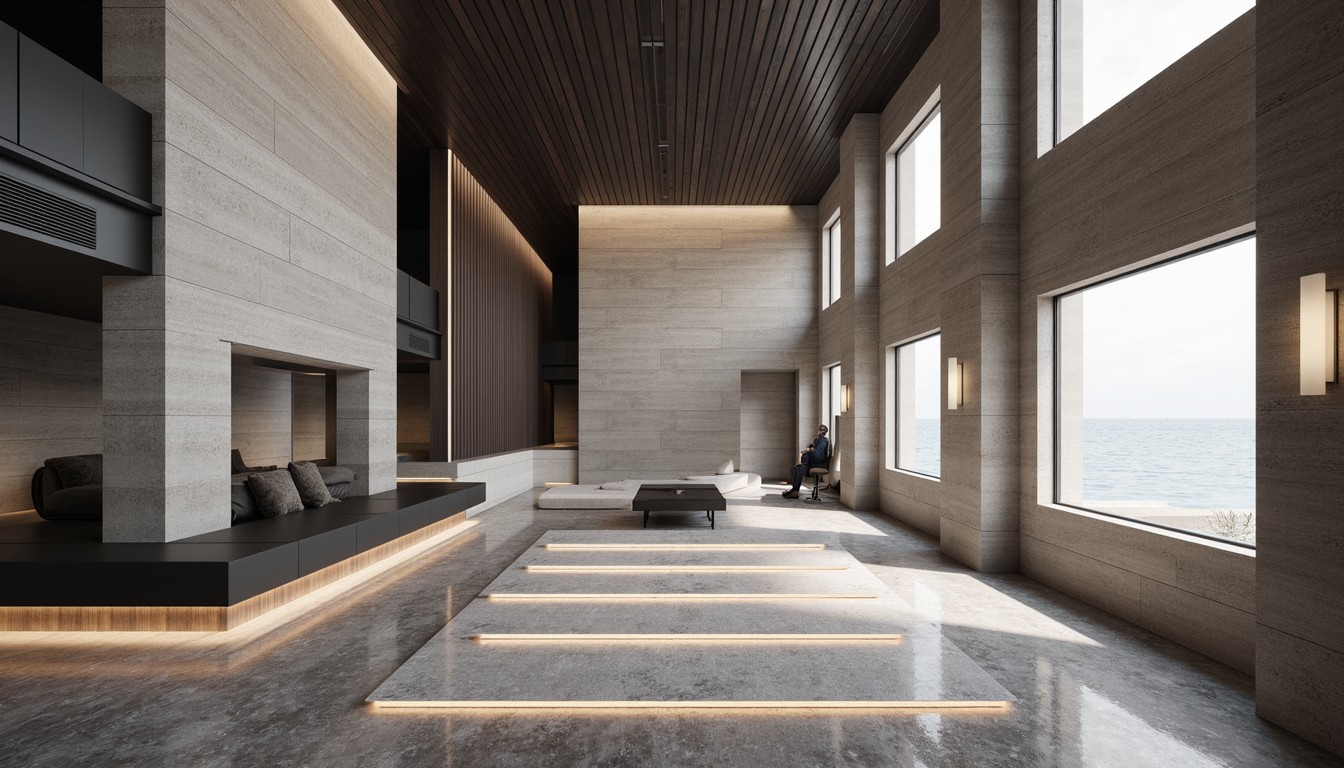Digital Transformation: Reshaping the Future of Architecture
The architecture industry is undergoing a profound digital transformation, driven by advancements in technology and a growing demand for efficiency, sustainability, and innovative design solutions. From Building Information Modeling (BIM) to virtual reality (VR) and artificial intelligence (AI), digital tools are no longer optional; they're essential for architects to stay competitive and deliver exceptional results. This article delves into the key aspects of this transformation, exploring its impact on design, collaboration, and the overall architectural workflow.
The Rise of Building Information Modeling (BIM)

BIM is arguably the cornerstone of digital transformation in architecture. It's a process involving the creation and management of digital representations of physical and functional characteristics of places. BIM software allows architects to create intelligent 3D models that contain detailed information about every aspect of a building, from structural elements to building systems and materials. This detailed data facilitates better collaboration, cost estimation, and project management. BIM enables clash detection, reducing costly errors during construction. It also facilitates sustainable design practices by allowing architects to analyze energy performance and material usage early in the design process.
Real-world Application of BIM:
Imagine designing a complex hospital. BIM allows different teams (structural engineers, MEP engineers, interior designers) to work simultaneously on the same model, identifying potential conflicts before construction begins. This drastically reduces rework and delays, saving time and money.
Virtual Reality (VR) and Augmented Reality (AR) in Architectural Visualization
VR and AR are revolutionizing how architects present their designs to clients and stakeholders. VR allows clients to experience a building's design before it's even built, offering an immersive and engaging walkthrough. AR overlays digital information onto the real world, allowing architects to visualize designs on existing sites, providing a powerful tool for site analysis and client presentations.
Real-world Application of VR/AR:
A developer can use VR to show potential buyers a virtual tour of their future apartment building, complete with interactive furniture and finishes. This enhances their understanding and increases the likelihood of a sale. Architects can use AR to overlay building plans onto a site, demonstrating how a proposed structure will fit within its surroundings.
The Impact of Artificial Intelligence (AI) on Architectural Design
AI is emerging as a powerful tool in architecture, assisting with tasks such as generative design, energy optimization, and predictive analysis. Generative design algorithms can explore a vast number of design options based on specific parameters, leading to innovative and optimized solutions. AI-powered tools can also analyze energy performance and suggest design modifications to improve sustainability.
Real-world Application of AI:
An architect can use AI to generate multiple design options for a high-rise building, optimizing for factors like structural integrity, wind load, and natural light. The AI can then analyze these options and suggest the most efficient and sustainable design.
Enhanced Collaboration and Communication

Digital tools significantly improve communication and collaboration among architects, engineers, contractors, and clients. Cloud-based platforms allow for real-time collaboration on design files, ensuring everyone is working with the most up-to-date information. This streamlined workflow reduces errors and improves project efficiency.
Data-Driven Design and Decision-Making
Digital technologies provide access to vast amounts of data, enabling data-driven design decisions. Architects can use data analytics to understand building performance, user behavior, and environmental factors, leading to more informed and effective design choices. This data-driven approach enhances the sustainability and resilience of buildings.
Challenges of Digital Transformation
While the benefits of digital transformation are undeniable, there are challenges to overcome. The initial investment in software and training can be significant. Furthermore, ensuring data security and interoperability between different software platforms is crucial. The need for skilled professionals proficient in these new technologies is also a critical factor.
ArchNav: Leading the Way in Architectural Visualization

ArchNav is at the forefront of this digital revolution, providing cutting-edge architectural visualization services that leverage the power of BIM, VR, and other advanced technologies. We help architects bring their designs to life with stunning visuals, enhancing client communication and facilitating informed decision-making. Our team of experienced professionals is dedicated to delivering high-quality, innovative solutions that meet the ever-evolving needs of the architectural industry.
Conclusion
The digital transformation of architecture is reshaping the industry, driving innovation and improving efficiency. By embracing these new technologies, architects can create more sustainable, resilient, and user-friendly buildings. ArchNav is committed to partnering with architects to navigate this transformation, providing them with the tools and expertise they need to succeed in this dynamic landscape. Contact us today to learn how we can help you leverage the power of digital visualization to elevate your architectural projects.
